Social Media After Sales Strategy
Social media marketing doesn't stop after conversion. Find out why keeping your customers engaged is the true definition of building an audience.
Are you making the most of your hard-earned customers?
Although scoring a sale is certainly cause for celebration, every new customer is a window of opportunity that closes in the face of so many businesses.
Here’s some food for thought: it costs five times as much to acquire new customers than it does to retain the ones you have.
Translation? Businesses need to do everything in their power to nurture new customers and keep them around for the long haul.
And that’s where your social strategy can be a game-changer.
Cost-effective and capable of keeping your customers engaged around-the-clock, social media is an awesome tool for reaching out to customers after the initial sale.
In this guide, we’ll break down some tips and tactics for customer retention via social media. No matter how big (or small) your business might be, any combination of these tips is fair game.
1. Create Brand Ambassadors with User-Generated Content
We’ve said it before and we’ll say it again: user-generated content is marketing gold.
That’s why brands should do everything they can to encourage customers to post about their latest purchases and positive experiences.
For example, Sydney-based lifestyle brand The Horse encourages customers to show off their latest purchases on Instagram with the help of their branded hashtags (#thehorse and #arrivedfromthestables).
Through their Instagram hashtag strategy, they have a steady stream of satisfied customers posing as billboards for their products.
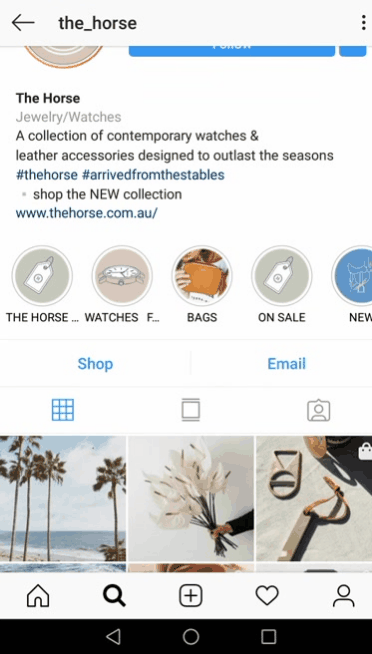
And the cost? Nothing but the time it takes to write out a hashtag. Brands regularly shout-out and republish user-generated content which in turn encourages other followers to do the same.
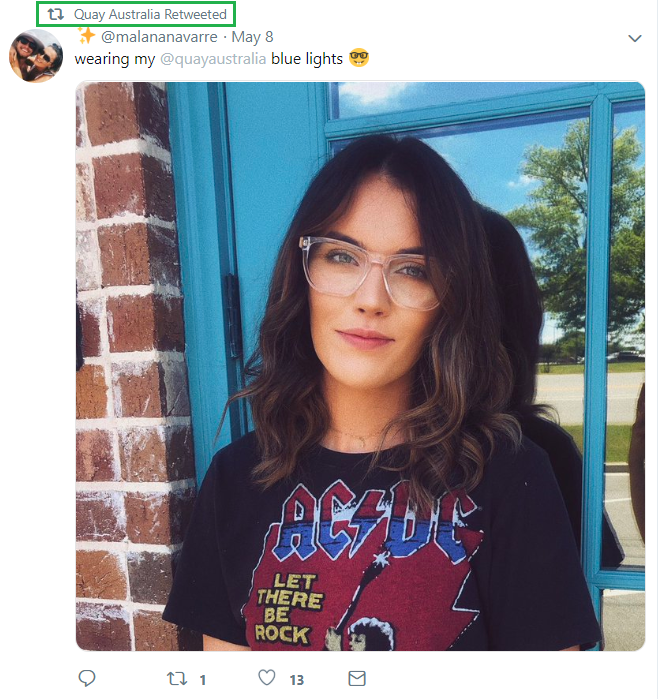
The more opportunities you have to show off your satisfied customers, the better. Many brands have dedicated feeds to highlight their customers - check out how Skullcandy does so through Instagram Stories.
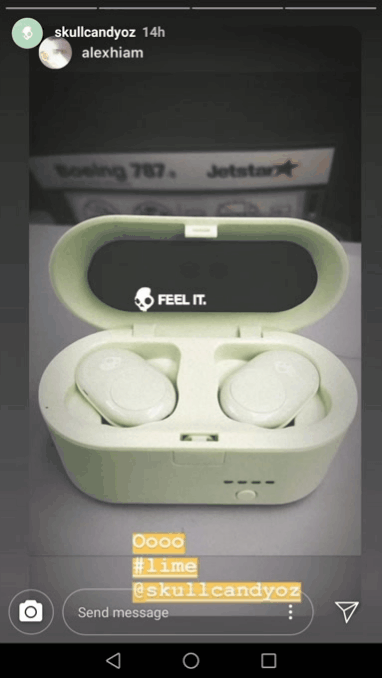
The long-term goal here is to build a base of brand ambassadors who regularly engage with your social accounts and basically advertise on your behalf. Customers crave shout-outs and opportunities to create content for brands: it’s just a matter of asking.
2. Make Your Physical Packaging More Social
If you’re selling a physical product or run a brick-and-mortar store, consider how your packaging can be part of your social strategy.
Seriously.
Want to promote your social presence in-person? Pair a social-centric business card with every order you ship out. Or better yet, slap your company hashtag on your product packaging.
Here’s a bit of inspiration from Moo of how modern brands package their products with some creative flair:
Think of such promotional tactics as a literal invitation for customers to become followers. In a day and age where everything seems to be digitised, physical marketing is a creative way to make a lasting impression on shoppers.
3. Remarket to Your Current Customers
Remember what we said earlier about the high cost of acquiring a new customer versus retaining the ones you have?
That’s exactly why Facebook marketing ads are so valuable.
In short, Facebook allows you to serve ads exclusively to folks who’ve bought from you before. They already know you and trust you: all you need to do is give them a little push to make another purchase.
Creating a custom Facebook audience targeting former customers can make that push possible. Whether it’s a targeted discount for past customers or a brand new product, remarketing ads are a subtle but effective way to encourage repeat business.
Here’s an awesome example from 9Five, who saw nearly 4x their ROI with a Facebook campaign based around their current customers.

4. Reward Customer Loyalty via Email
Funneling social traffic to your email list is a no-brainer.
Doing so allows you to make even more touch-points with your customers post-purchase as your email messages and social marketing work in tandem.
For example, you can create a segment of your email list that’s dedicated solely to your social followers. Publishing exclusive and time-sensitive offers (like this one from Beme) make your list seem so much more exclusive and valuable.
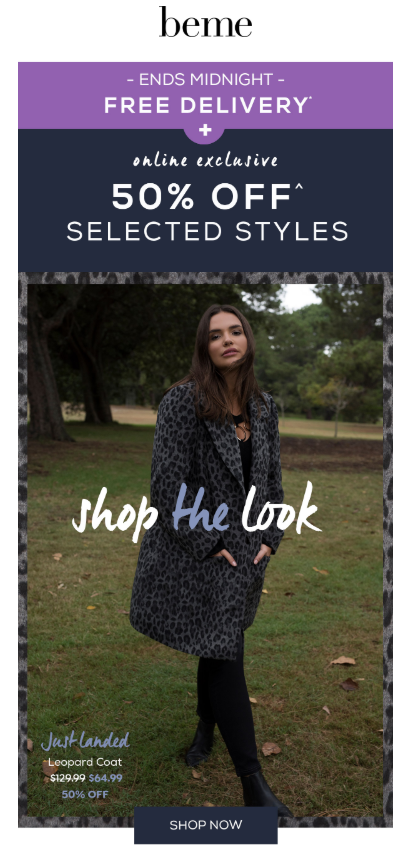
Additionally, email is yet another place to put your user-generated content front and centre. By putting customer photos on display in your email, you encourage even more engagement between you and your customers.

See how that works?
5. Build Relationships with Influencers
Influencer marketing is all the rage right now for a reason.
Social influencers are capable of introducing your brand to relevant customers beyond your own followers.
If an influencer shouts your brand out organically, you can turn your relationship into a win-win scenario where you show them love and they do the same for you.
Even massive brands like Cotton On rely on micro-influencers to promote their products.
And in turn, those influencers hype up whatever you’re selling to their own dedicated, engaged audiences.
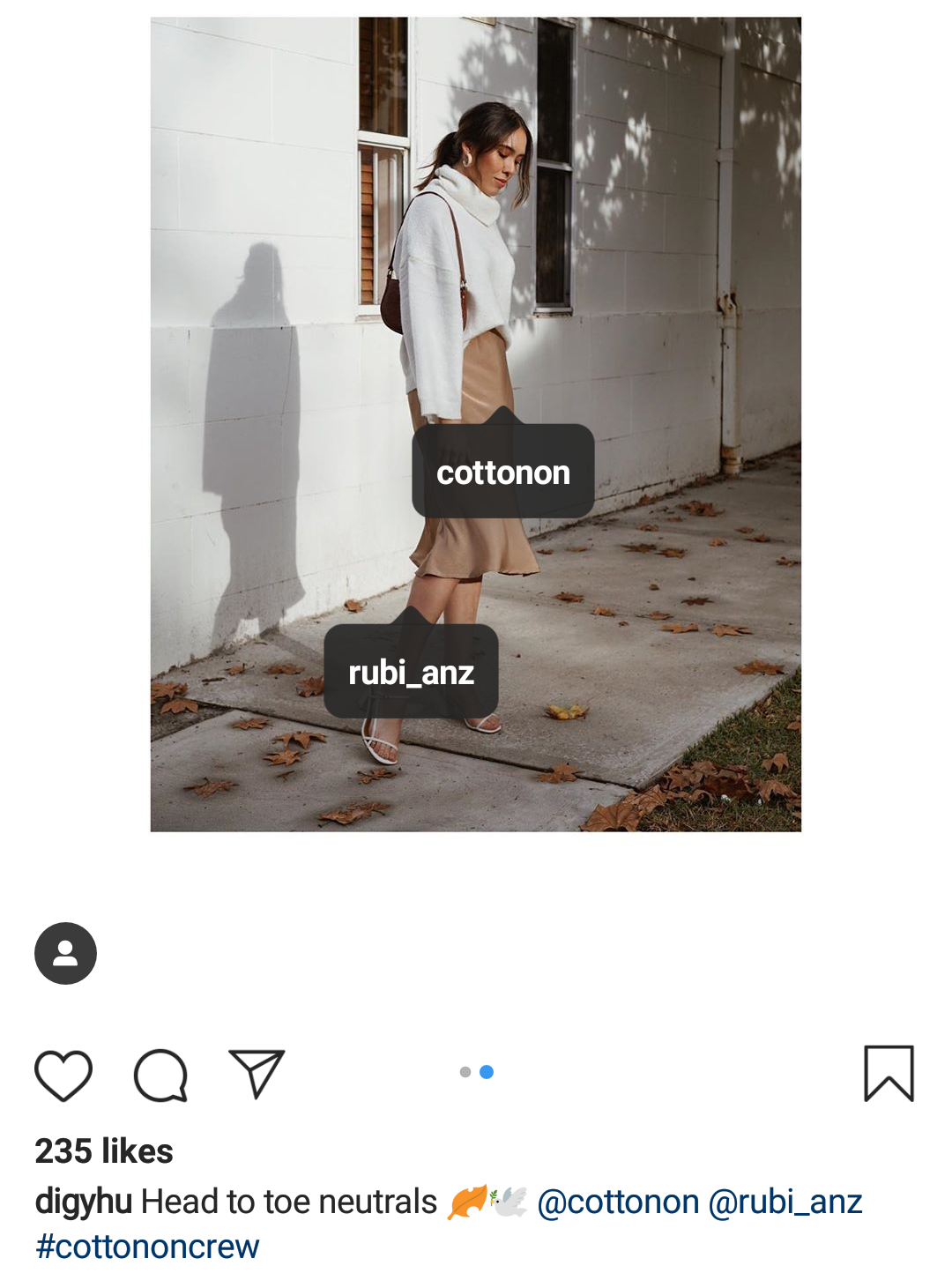
6. Incentivise Referrals for New Customers
Refer-a-friend programs are a proven money-maker for old-school retailers.
Guess what? They still work brilliantly today.
For example, you can offer referral credits, discounts or bonuses for customers which incentivise new sign-ups. Similarly, you can ask those same customers to promote your referral program via social media.
Brands like BellaBox offer discounts for new referrals. They also actively encourage their Instagram followers to tag themselves and friends in posts related to their products. Additionally, they run frequent contests including this giveaway for new referrals.
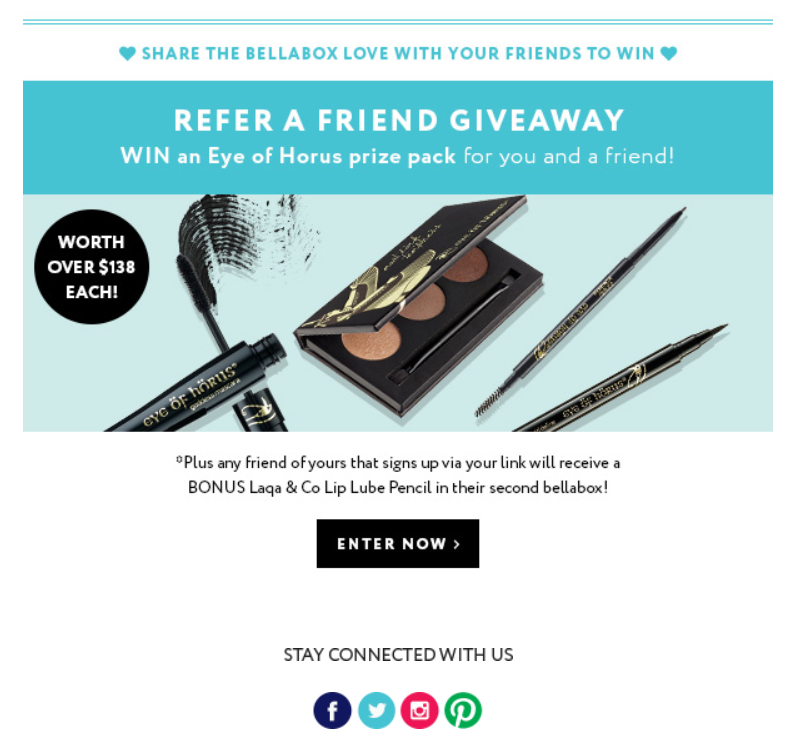
Starting a referral program might seem like a lot of legwork but it’s actually easier than you think. For example, tools such as Mention Me allows you to create and track referral links for your customers which they can in turn use to promote your products on social media.
7. Nurture Customers by Responding to Your Mentions
Customers today aren’t shy when it comes to sounding off on businesses through social media.
From shout-outs to product-related questions, responding to your social mentions is crucial to your after-sale strategy. Every mention of your brand represents an opportunity to keep a customer in your funnel or create that ever-so-important sense of brand loyalty.
Quay’s Twitter replies are a good example of how you can use social media to nurture customers in a personal and timely manner.
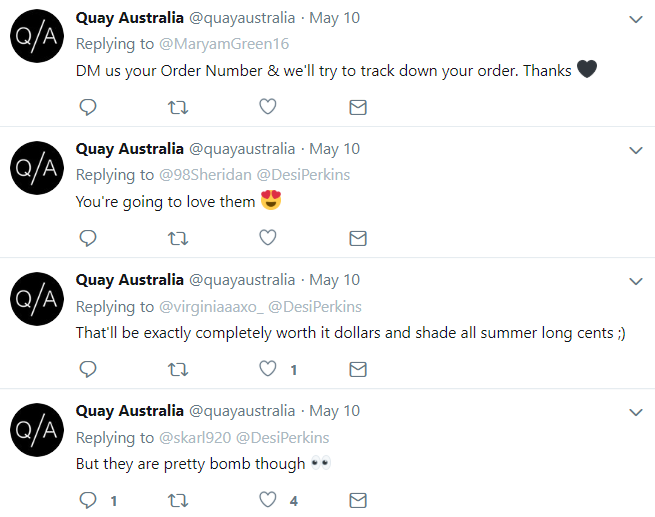
Something as simple as a “thank you” or an emoji is enough to make an impression on your customers and encourage them to stay loyal to your brand for being a good listener.
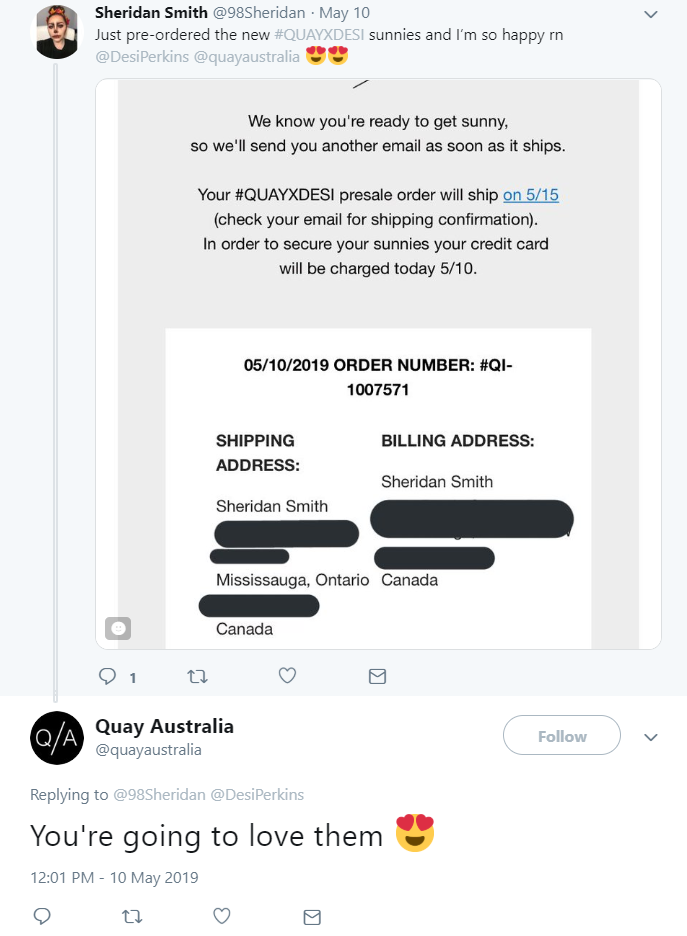
How Does Social Media Factor into Your After-Sales Strategy
You work hard for each and every customer, right?
That’s why you can’t afford to ignore those precious moments after a sale.
Social media should be a staple of your after-sales strategy. Whether it’s small touch-points or full-blown ad campaigns, anything you can do to regularly engage your customers through social media is a plus.
And if you want to learn more about how social can increase the lifetime value of your customers, feel free to get in touch with Hello Social today to see how we can help.







